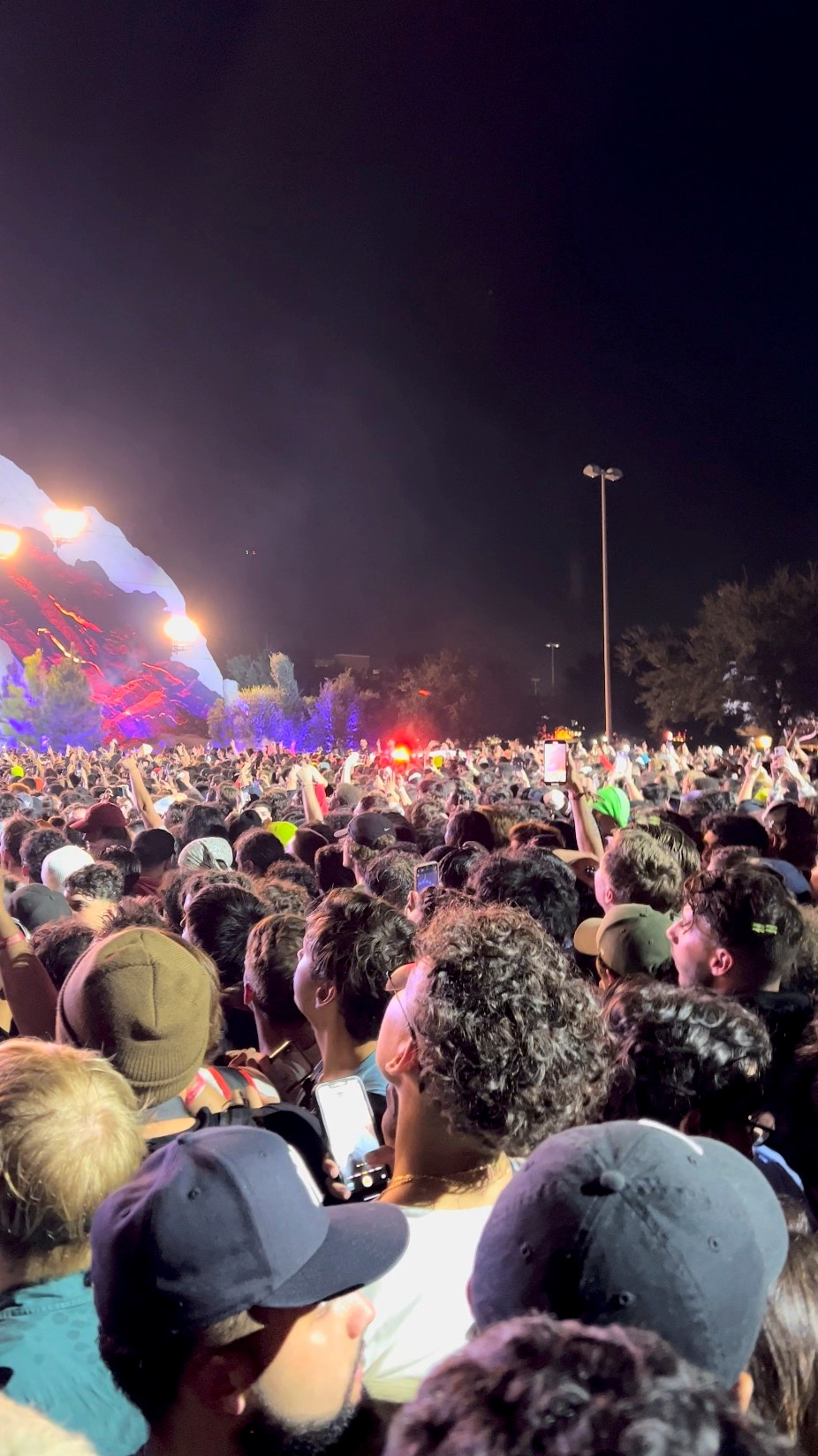

A video from earlier in the day documented a rush of fans breaking through the VIP gates, only to be thwarted by officers on horseback. There should be a lot of security there, just to be safe,” Julian Ponce, 21, told The Times.

“I’ve been to Lollapalooza in Chicago, it was nothing like that.

One Astroworld attendee specifically noted the lack of security personnel. Or contact your supervisor.’ So people are dying and you’re trying to reach your supervisor.” You could get injured and then we’ve got workman’s comp. But Wertheimer said that some major security firms instruct their personnel to avoid dangerous situations. Most often, the promoter is responsible for following crowd safety guidelines, Wertheimer said, noting that at particularly high-energy shows such as Scott’s, security guards usually maintain some sort of presence, not just on the perimeters but in the crowd itself. (Amy Harris / Invision/ Associated Press) He added: “Travis Scott was known to have chaotic concerts, so it likely wouldn’t work with him. It’s not necessarily going to work if you’re not taking other precautions.” “If you overcrowd a place, people can get crushed in between. The Roskilde Festival used barriers to break up the crowd, he explains. Wertheimer said that barriers, which he describes as “like a reef that you put in the ocean to break up the waves,” can be effective, but not always. The approach also allows for security to access trouble spots more easily. Goldenvoice’s Coachella, held at the Empire Polo Club in Indio, separates its main stage pitch into grids divided by heavy iron barriers, and the resulting canals prevent large-scale mosh pits or heaving crowds from getting out of control. Wertheimer said that a seat might take up 6 square feet of space a packed event such as Astroworld might only allow for 2 square feet of room per person.Ĭrowd-control measures have improved since 1979. For promoters such as Astroworld’s Live Nation, festival seating means more tickets sold. Legendary ’60s concerts Woodstock and Altamont utilized festival seating, but even in the early 1970s its use was rare enough as to warrant a mention in reviews.įestival seating offers fans willing to line up early the opportunity for closer views, and the space in which to dance or, at a Travis Scott concert, to mosh. Those who have been to a festival in the last three decades, be it Coachella, Stagecoach, Bonnaroo or Woodstock ’99, have partaken in festival seating. A first-come, first-serve approach to ticketing, it replaces reserved seats, or any seats at all, in favor of a shoulder-to-shoulder, general admission experience. The Who, Pearl Jam and Travis Scott tragedies all share a similar trait: so-called festival seating. And as long as promoters, artists, security, venue, operators and city officials who approved these plans are not held criminally liable - this is going to drone on.” The main reason being that “the people who organize and approve these events are not held criminally liable for gross negligence. Young people are still exposed to the extreme dangers,” he said. As the decades have passed, Wertheimer has come to an unfortunate conclusion. He’s testified in civil suits against concert promoters and security companies. In 2000 at the Roskilde Festival in Denmark, when nine people were trampled to death at a Pearl Jam concert, Wertheimer consulted with the Danish government on preventive solutions. He compiled the post-concert report on the failings, including festival seating, that led to the deaths, and across the next four decades has advocated for crowd safety measures through his company Crowd Management Strategies. Wertheimer has been leading the charge for concert safety since 1979, when he was an on-site investigator the night 11 people were trampled to death at a Cincinnati concert by the Who.


 0 kommentar(er)
0 kommentar(er)
